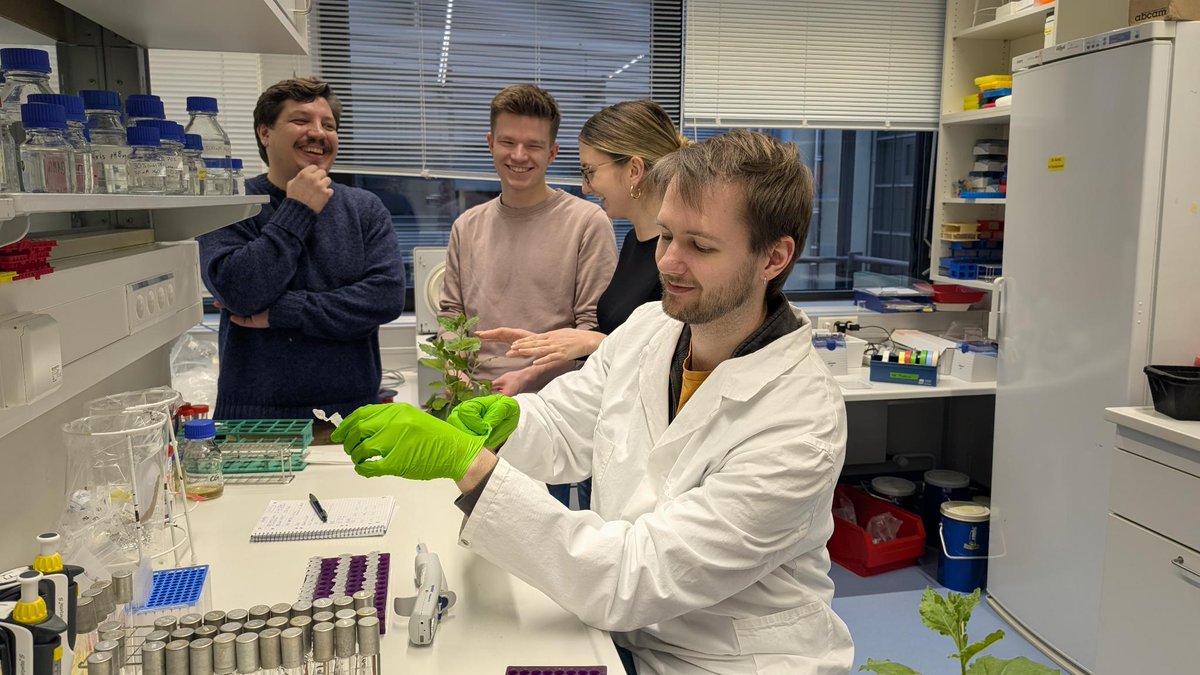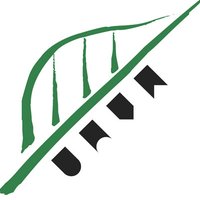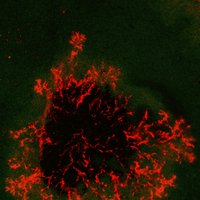
Ralph Hückelhoven
@huckelhovenr
Plant Pathologist; interested in molecular plant-microbe interactions and plant disease epidemiology. RTs are not necessarily endorsements. Private account.
ID: 934103780358086656
24-11-2017 16:57:50
2,2K Tweet
2,2K Followers
1,1K Following

👋Say hi to our research group Receptor Structures at the Plant-Microbe Interface! Led by Alexander Förderer , this group delves into plant immune responses at the molecular level. Understanding plant immune systems is key to enhancing plant health and crop security 🌱




Hey plant/microbe science world!🌱 We are looking for an enthusiastic PhD candidate in the Green Life Sciences in Amsterdam, Netherlands. Are you interested in plant microbiomes and how they help alleviate stress? Apply here👇 werkenbij.uva.nl/en/vacancies/p… SILS MiCRop - Microbial Imprinting for Crop Resilience


We are hiring! Come join us as PhD student TU München to explore the mechanisms of plant water use in response to drought and heat across scales. In close collaboration with EPFL (@GrossiordCha) Deadline: March 5th, 2025. More details: mls.ls.tum.de/rsi/open-posit…





📢Paper Alert! 👏👏New publication out The EMBO Journal by the group of Paul Schulze-Lefert MPIPZ Cologne and colleagues at UoC and Westlake University on immune receptor engineering for plant resistance.👉bit.ly/3EGyfd2 #Engineering #plants #Immunology embopress.org/doi/full/10.10…

Mr. President, Ukraine did not “start” this war. Russia launched an unprovoked and brutal invasion claiming hundreds of thousands of lives. The Road to Peace must be built on the Truth.🇺🇸🇺🇦 “Russia Invades Ukraine in Largest European Attack Since WWII” Fox News (February 24,


🍾Big Congratulations to my dear colleague Uli Schaffrath RWTH Aachen and collaborators! Beautiful work showing that plant pathogenic fungi hijack phosphate signaling with conserved enzymatic effectors science.org/doi/10.1126/sc… #PlantSci #effectors #immunity #MolPlantPhys






How do flowering plants shape their cells? Check out our new paper - Sabine Brumm, Aleksandr Gavrin Matthew Macleod, Chesneau Guillaume and Annika Usländer studied two actin cytoskeleton coordinating proteins and why they function in either leaf hairs or root hairs. science.org/doi/10.1126/sc…


Powdery mildews, particularly those infecting barley and wheat, serve as valuable models for studying obligate biotroph effector biology. Merle Bilstein-Schloemer, Marion Müller, and Isabel M. L. Saur summarize current insights into their effectoromes, highlight available omics


